I am pleased to inform you that campus has re-affirmed its commitment to making our community successful after a review in 2015. In particular, I appreciate the support provided by the IHSI, my home department of Bioengineering, and the College of Engineering in helping us continue our work. It is a special pleasure for our community to have Dr. Margaret Browne Huntt continue in her role of supporting and nurturing our efforts.
Another academic year has passed and our community continues to innovate and expand. Our faculty ranks grow with innovative new investigators. This year, for example, we welcome Dr. Anna Arthur who is a joint University-Carle hire in the area of cancer nutrition. Our community members continue to excel in conducting notable studies, obtaining federal grants and receiving various awards. Our first cohort of Cancer Scholars for Translational and Applied Research (C*STAR) students was extremely successful, and took advantage of the opportunity to interact with our Carle partners within the clinical setting. We are a community of students (high school, undergraduate, graduate and postdocs), staff, faculty, and community members.
This year, the Cancer Community at Illinois also launched an advocacy group geared toward bringing in patients and caregivers to inform cancer research on campus. I particularly appreciate the efforts of professors Zeynep Madak-Erdogan, Food Science and Human Nutrition, and Erik Nelson, Molecular and Integrative Physiology, in this regard. In addition to launching their own research laboratories, they have worked tirelessly for the community.
We have much to look forward to in the upcoming year. We will continue to expand our educational programs, the researcHStart high school program; the undergraduate Cancer Scholars Program, and the graduate the Cancer Scholars for Translational and Applied Research (C STAR) program. A new NIH-supported training program, the tissue microenvironment training program, will bring more students into our community and help our faculty collaborate more effectively in this area.
While the past few years have seen us establish and grow, over the next few weeks, we will be soliciting ideas from the community regarding areas of research interests. In the fall, we plan to have meetings and workshops with you—our community and partners—to hear from you in real-time, but also to keep you abreast of our collective activities.
The 2016-17 academic year will be an exciting one for our community and we hope you will join us on this continued journey.
– Rohit Bhargava
